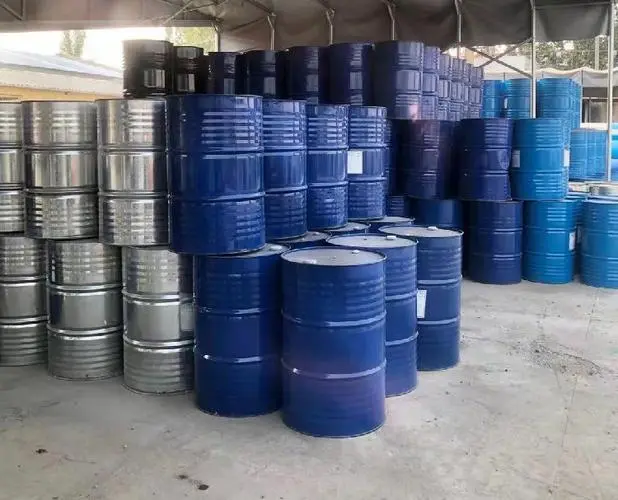Send inquiry
| Authentication: | 3C | Pattern: | Blocks |
| Type: | 1 ° (primary alcohol) | Hydroxy number: | Diols |
| Category: | Aromatic alcohol | Model: | H3020 |
| Specifications: | 200kg/barrel | Trademark: | Reputation |
| Packaging: | 200kg/barrel | Elongation at break: | 300% |
| Molecular weight: | 3500 | Shelf Life: | December |
| Features: | Bond PET | Glass Transition Temperature: | -3 |
| Viscosity: | 20000 | Yield: | 10000000 |
"PET Bonded Polyester Polyol" Details
PET bonded polyester polyolPET is a non-polar material, and it is difficult to bond PET. According to the molecular structure characteristics of PET, our company has developed a polyester polyol specially designed for PET bonding through molecular design.
H3000 series are medium molecular weight branched copolyester polyols with terminal hydroxyl groups. They are specially designed and developed for bonding PET polyurethane adhesives. They are amorphous and transparent solids at room temperature, improve hydrolysis resistance, increase melt viscosity and improve Effect on bond strength to difficult-to-bond substrates. It can meet the double 85 test for 2000 hours and the boiling test for 48 hours at 121 degrees.
Model Hydroxyl Value (mgKOH/g) Acid Value (mgKOH/g) Molecular Weight (g/mol) Moisture (W/W, %) Viscosity mpa.s (100℃) Softening Point (Ring & Ball Method, ℃) Density ( 23℃, g/cm3)
H3020 (solid) 14-21 ≤2 6500 ≤0.1 20000 40 1.2
H3021 (solid) 12~20 ≤3 6500 ≤0.1 1.22
H3022 (solid) 18-21 ≤2 6500 ≤0.1 50 1.2
PET Bonded Polyester Polyol
PET is a non-polar material, and it is difficult to bond PET. According to the molecular structure characteristics of PET, our company has developed a polyester polyol specially designed for PET bonding through molecular design.
H3000 series are medium molecular weight branched copolyester polyols with terminal hydroxyl groups. They are specially designed and developed for bonding PET polyurethane adhesives. They are amorphous and transparent solids at room temperature, improve hydrolysis resistance, increase melt viscosity and improve Effect on bond strength to difficult-to-bond substrates. It can meet the double 85 test for 2000 hours and the boiling test for 48 hours at 121 degrees.
Model Hydroxyl Value (mgKOH/g) Acid Value (mgKOH/g) Molecular Weight (g/mol) Moisture (W/W, %) Viscosity mpa.s (100℃) Softening Point (Ring & Ball Method, ℃) Density ( 23℃, g/cm3)
H3020 (solid) 14-21 ≤2 6500 ≤0.1 20000 40 1.2
H3021 (solid) 12~20 ≤3 6500 ≤0.1 1.22
H3022 (solid) 18-21 ≤2 6500 ≤0.1 50 1.2
